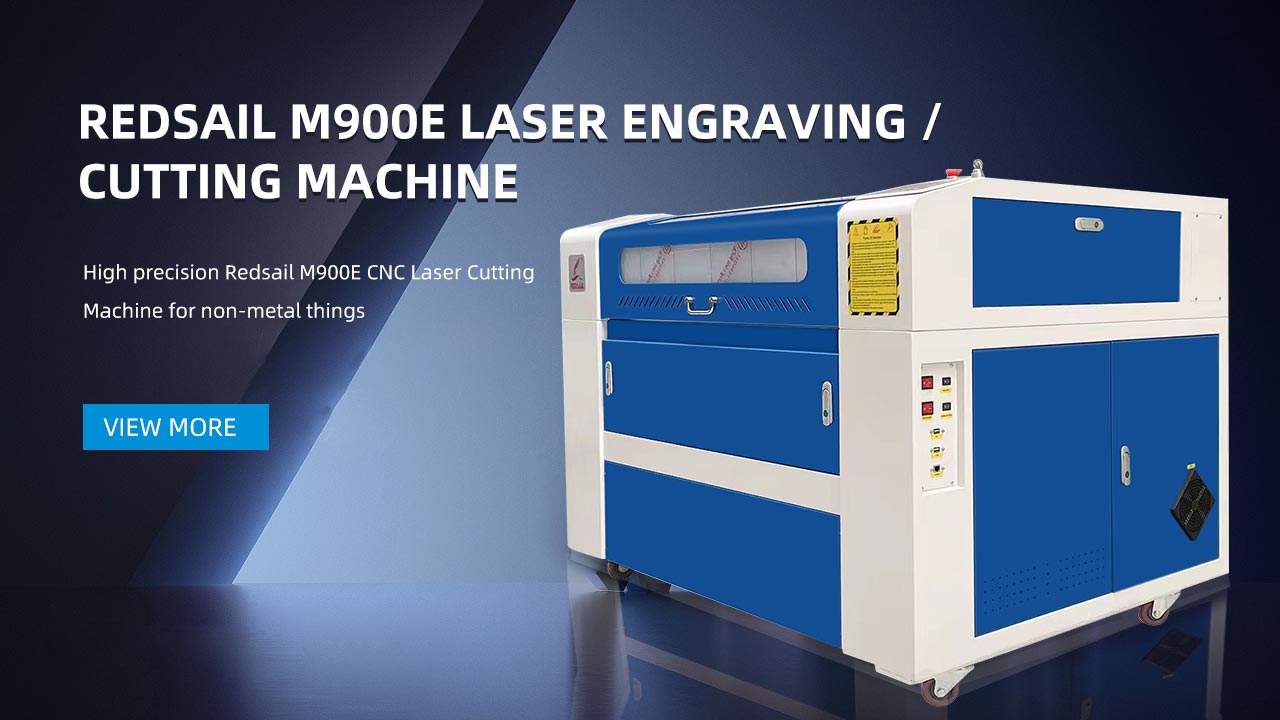What Can a Laser Engraver Module Do for You? Exploring the Benefits and Best Practices
In recent years, laser engraver modules have gained popularity among hobbyists and professionals alike. These compact and versatile devices offer a wide range of applications, making them a valuable addition to any workshop or creative space. In this article, we will delve into the various benefits and best practices associated with laser engraver modules, shedding light on their incredible capabilities.
The Benefits of Laser Engraver Modules
When it comes to laser engraver modules, there are numerous advantages that make them a must-have tool for many individuals:
- Precise Engraving: Laser engraver modules use a high-powered laser beam to etch designs onto various materials such as wood, leather, acrylic, and even some metals. This precision allows for intricate detailing and consistent results.
- Versatility: Laser engravers can handle a wide range of materials, providing flexibility for diverse projects. Whether you’re engraving personalized gifts, creating custom signage, or etching logos, a laser engraver module can fulfill your needs.
- Time Efficiency: Compared to traditional engraving techniques, laser engraving significantly reduces production time. The automation and speed of laser engraver modules allow for quick turnaround, especially when working with large batches or intricate designs.
- Cost-Effective: Investing in a laser engraver module can lead to cost savings in the long run. With the ability to create high-quality engravings in-house, you can eliminate the need for outsourcing, reducing expenses and increasing profit margins.
With these benefits in mind, it’s clear why laser engraver modules have become increasingly popular. However, it’s essential to follow best practices to ensure optimal usage and safety.
Best Practices for Laser Engraver Modules
Following these best practices will help you get the most out of your laser engraver module:
- Material Compatibility: Different materials require varying laser settings for optimal engraving. Experiment with settings and conduct test runs to achieve the desired effect without damaging the material. Manufacturers often provide recommended settings for various materials, serving as a useful reference.
- Proper Ventilation: Laser engraver modules produce fumes and smoke during the engraving process. Ensure your workspace is well-ventilated to prevent the accumulation of potentially harmful particles. Consider using a ventilation system or working in an area with good air circulation.
- Safety Precautions: Laser engravers emit powerful laser beams that can be hazardous to the eyes and skin. Always wear appropriate personal protective equipment (PPE), such as laser safety glasses, when operating the device. Familiarize yourself with the safety guidelines provided by the manufacturer to minimize risks.
- Maintenance and Cleaning: Regular maintenance and cleaning not only prolong the lifespan of your laser engraver module but also ensure consistent and high-quality engravings. Keep the lens clean and inspect the machine for any dust or debris accumulation that could affect the engraving quality.
By adopting these best practices, you can maximize the performance and longevity of your laser engraver module while ensuring your safety and the quality of your work.
Frequently Asked Questions (FAQs)
Here are some frequently asked questions about laser engraver modules:
1. Can laser engraver modules handle curved surfaces?
Most laser engraver modules are primarily designed for flat or slightly curved surfaces. Engraving on highly curved surfaces or irregular objects may require specialized attachments or additional modifications to achieve satisfactory results.
2. What file formats are compatible with laser engraver modules?
Laser engraver modules commonly accept vector graphic files such as .AI, .SVG, and .DXF. These formats retain the smoothness and precision of designs necessary for laser engraving. Software programs like Adobe Illustrator or CorelDRAW can be used to create or convert designs into suitable formats.
3. Can laser engraver modules cut materials?
Although laser engraver modules are primarily designed for engraving, some models offer cutting capabilities as well. However, the thickness and type of material that can be cut depend on the power and specifications of the laser engraver module. It’s important to check the manufacturer’s guidelines to determine the cutting capabilities of your specific device.
In conclusion, laser engraver modules offer a myriad of benefits, including precise engraving, versatility, time efficiency, and cost-effectiveness. By adhering to best practices such as material compatibility, proper ventilation, safety precautions, and regular maintenance, you can ensure optimal performance and longevity for your laser engraver module. Consider adding this remarkable tool to your creative arsenal and unleash your artistic potential with laser precision.





